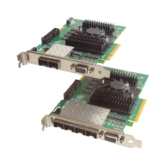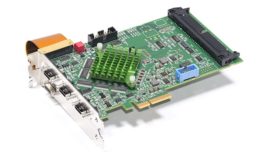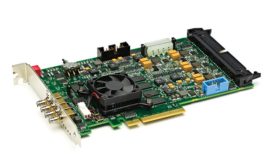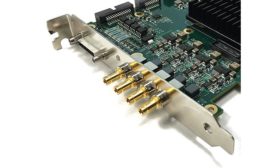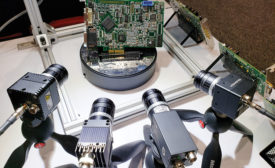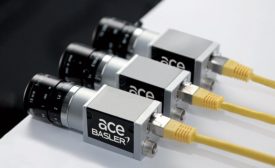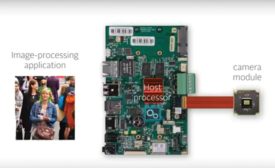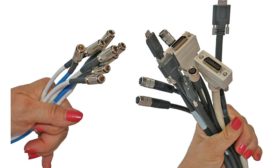Home » Keywords: » frame grabbers
Items Tagged with 'frame grabbers'
ARTICLES
Vision & Sensors | Standards
Camera Link Proves the More Machine Vision Changes, the More it Stays the Same
With so many interfaces available, why is Camera Link still viable?
December 6, 2023
VISION & SENSORS - SENSOR TRENDS
Event-Based Vision: Taking a Cue From Biology
We can replicate the efficiency of how our eyes work with a new form of vision capture called event-based vision.
March 9, 2021
Machine Vision Frame-by-Frame
Once written off as old tech, the frame grabber has become a necessary, dynamic component of industrial inspection.
June 30, 2020
Applying the CoaXPress Interface in Multi-Camera Machine Vision Systems
Multiple camera systems have been a fixture in machine vision for decades. What is new is the use of CXP.
January 1, 2020
Embedded Vision Puts Full Power in Compact Footprint
Developers are working to drive out cost and reduce system size while offering enhanced flexibility.
April 30, 2018
Get our new eMagazine delivered to your inbox every month.
Stay in the know with Quality’s comprehensive coverage of the manufacturing and metrology industries.
SIGN UP TODAY!Copyright ©2024. All Rights Reserved BNP Media.
Design, CMS, Hosting & Web Development :: ePublishing
